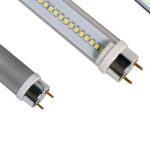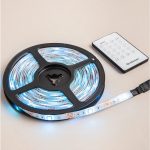20W LED Light: Equivalent Wattage and Brightness Explained

Lighting technology has made significant strides in recent years, and one of the most innovative solutions is the 20W LED light. LEDs, or Light Emitting Diodes, are semiconductor devices that convert electrical energy into light. They are incredibly energy-efficient, long-lasting, and environmentally friendly. Despite being a low-power lighting solution, the 20W LED light is known for its brightness and versatility. However, many people are still confused about the equivalent wattage and brightness of LED lights. In this article, we will explain the concept of equivalent wattage and how it relates to the brightness of 20W LED lights. Equivalent wattage is a term used to describe the amount of power that an LED light uses to produce the same amount of light as a traditional incandescent bulb. For example, a 20W LED light bulb is equivalent in brightness to a 100W incandescent bulb. However, this doesn’t mean that the LED bulb uses 100 watts of power. In fact, it uses only 20 watts, which means that it is five times more energy-efficient than the incandescent bulb. Understanding equivalent wattage is essential when selecting LED bulbs for your home or office, as it helps you to choose the right bulb that provides the desired level of brightness while also saving energy and reducing electricity bills.
LED lights, or Light Emitting Diodes, are a type of lighting technology that differ from traditional bulbs in several ways. Firstly, LEDs are more energy-efficient than traditional bulbs, using up to 80% less electricity to produce the same amount of light. Additionally, LEDs have a longer lifespan than traditional bulbs, lasting up to 25 times longer. LED lights are also more versatile, as they come in a wider range of colors and can be programmed to produce different lighting effects. Finally, LEDs are more environmentally friendly than traditional bulbs, as they do not contain toxic chemicals like mercury and can be easily recycled. Overall, LED lights are a superior lighting technology that offer numerous benefits over traditional bulbs.
Understanding wattage and brightness in LED lights is crucial for making informed decisions when selecting the right LED light bulbs for your home or office. Wattage is the measure of the amount of energy consumed by the bulb, whereas brightness is the measure of how much light the bulb produces. By understanding the wattage and brightness of an LED light, you can determine if it is suitable for your lighting needs and if it will help you save on your energy bills. It is also essential to consider the color temperature and lumens of the LED light, as these factors can affect the ambiance and functionality of the space. With the right information, you can make an informed decision and choose the best LED light for your home or office.
What is Equivalent Wattage in LED Lights?

Equivalent wattage in LED lights refers to the amount of power consumption that an LED bulb would consume, in comparison to a traditional incandescent bulb that produces the same amount of light. This is because LED bulbs are much more energy-efficient compared to their incandescent counterparts. For instance, a 20W LED bulb that produces the same amount of light as a 100W traditional bulb is said to have an equivalent wattage of 100W. This means that the LED bulb consumes only 20 watts of power, which is a fraction of what an incandescent bulb would consume while producing the same amount of light. The concept of equivalent wattage is essential when purchasing LED lights, as it helps consumers to make informed decisions about the brightness and energy efficiency of the bulb they wish to buy. If a consumer is looking for a bulb that provides the same amount of light as a traditional bulb, they can use the equivalent wattage rating to find an LED bulb that will meet their needs. Moreover, by choosing LED bulbs with a lower equivalent wattage rating, consumers can save on their electricity bills while still enjoying bright and efficient lighting in their homes or workplaces.
Equivalent wattage refers to the amount of power that a traditional incandescent light bulb would consume in order to produce a certain level of brightness. When it comes to LED lights, the concept of equivalent wattage is used to describe the power consumption of an LED bulb that would produce the same level of brightness as a traditional incandescent bulb of a certain wattage. This comparison is important because LED lights are much more energy-efficient than incandescent bulbs, meaning that an LED bulb with a lower wattage can produce the same level of brightness as an incandescent bulb with a higher wattage. Therefore, understanding equivalent wattage is key to choosing the right LED light bulb that will provide the desired level of brightness while using less energy and saving money in the long run.
Calculating the equivalent wattage in LED lights is a crucial aspect when trying to determine the brightness of a bulb. To do this, you need to compare the lumens of the LED bulb to the lumens of an equivalent incandescent bulb. For instance, a 20W LED bulb that produces 1600 lumens is equivalent to a 100W incandescent bulb that also produces 1600 lumens. This means that the 20W LED bulb is significantly more energy-efficient, using only a fraction of the power that the incandescent bulb requires while producing the same amount of light. Therefore, it’s important to not just look at the wattage when purchasing LED bulbs but also consider the lumens to ensure you get the same brightness as the traditional incandescent bulb you’re replacing.
How is Brightness Measured in LED Lights?
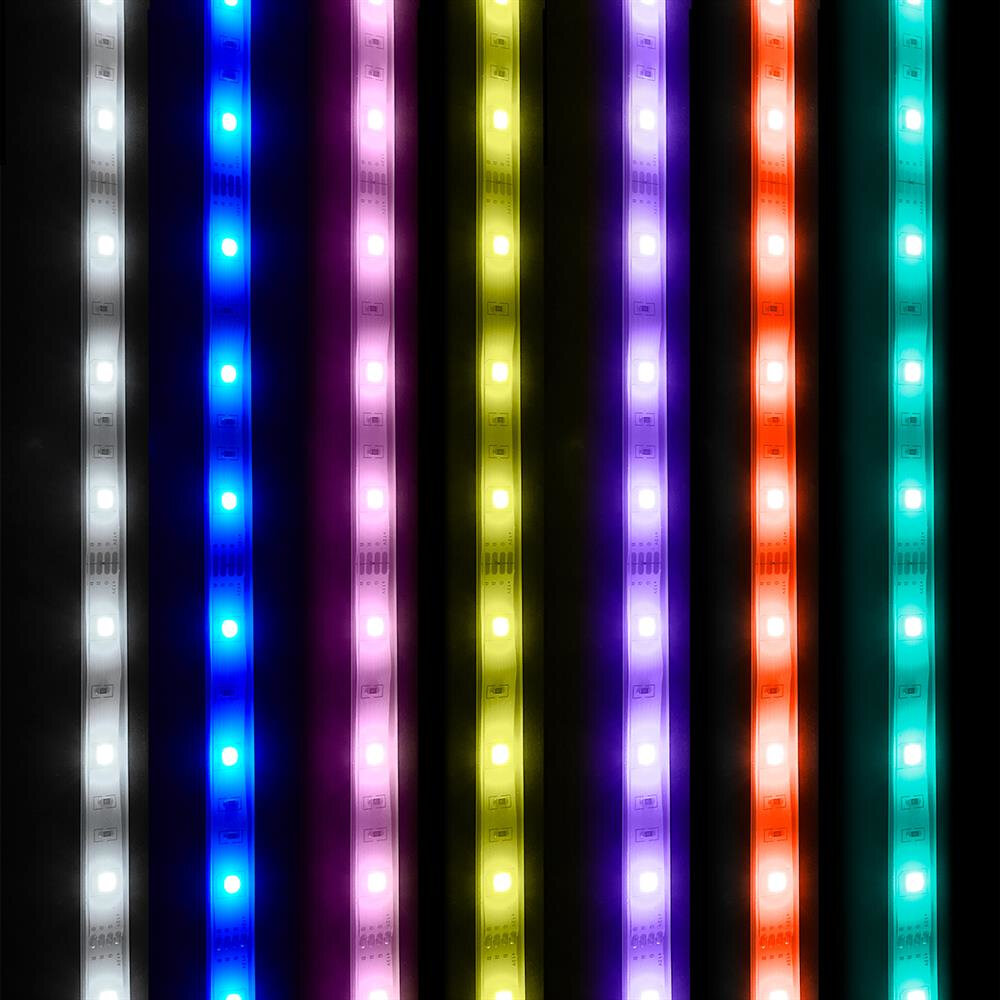
The brightness of LED lights is measured in lumens, which is a unit that quantifies the amount of visible light that is emitted by a light source. This measure is different from the traditional measurement of brightness used for incandescent bulbs, which is measured in watts. The wattage of an LED light only indicates the amount of energy it consumes, and not the amount of light it emits. Therefore, the higher the lumens output of an LED light, the brighter it will appear to the human eye. The lumens output of an LED light can be affected by several factors, including its size, shape, and color temperature. For example, a larger LED light will generally produce more lumens than a smaller one, while an LED light with a higher color temperature will appear brighter than one with a lower color temperature. Additionally, the efficiency of the LED technology used in the light can also affect its brightness output. Overall, understanding the lumens output of an LED light is crucial for determining its brightness and ensuring that it is suitable for the intended application.
Lumens are the standard unit of measurement for the brightness of LED lights and other light sources. Unlike watts, which measure the amount of energy consumed by the light, lumens measure the amount of visible light emitted by the light. The higher the number of lumens, the brighter the light will be. For example, a 20-watt LED light that emits 1600 lumens will be much brighter than a 20-watt LED light that emits only 800 lumens. It’s important to consider the number of lumens when choosing LED lights, as it directly affects the brightness and effectiveness of the light.
When it comes to understanding the brightness of lighting sources, traditional watts were the go-to measurement for years. However, with the introduction of LED lights, lumens have now taken over as the preferred unit of measurement. Lumens measure the total amount of visible light emitted by a lighting source, whereas watts only measure the amount of energy consumed by the bulb. This means that two bulbs with the same wattage may have vastly different lumen outputs, with the bulb with a higher lumen output being significantly brighter. Therefore, when comparing the brightness of lighting sources, it is important to focus on the lumen output rather than the traditional watts.
Understanding the Relationship Between Wattage and Brightness in LED Lights
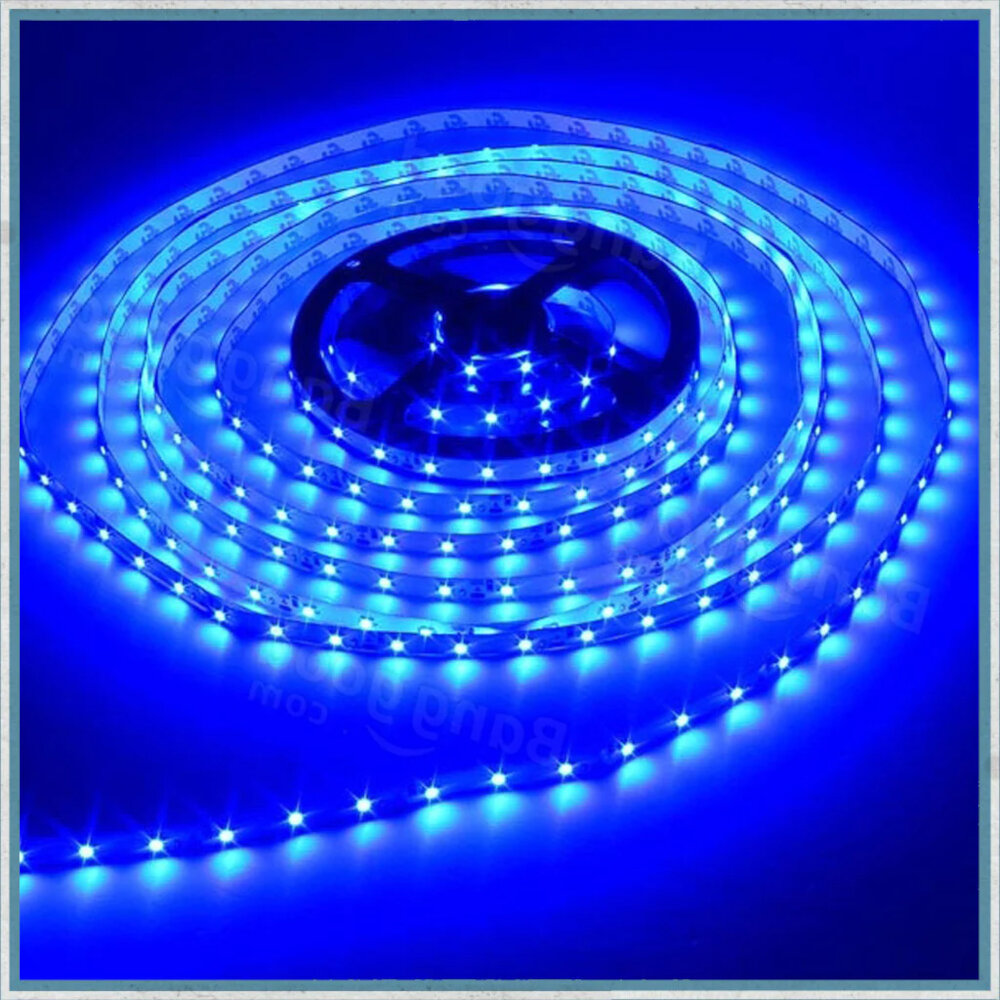
LED lights are becoming increasingly popular due to their energy efficiency and longevity. One of the key factors in choosing an LED light is its wattage, which is a measure of the amount of power the light consumes. However, wattage alone is not an accurate indicator of the brightness of an LED light. The brightness of an LED light is determined by the lumens it produces, which is a measure of the amount of light the bulb emits. Therefore, understanding the relationship between wattage and brightness is important when selecting an LED light. While higher wattage may generally result in higher brightness, the efficiency of the LED light can also play a role in determining its brightness. For example, a 10W LED light with a high efficiency rating may produce more lumens than a 20W LED light with a lower efficiency rating. Additionally, the color temperature of the LED light can also affect its perceived brightness. A cool white LED light may appear brighter than a warm white LED light with the same wattage and lumens. Therefore, it is important to consider factors beyond wattage when selecting an LED light to ensure that it provides the desired level of brightness.
Wattage and brightness are two essential factors that determine the efficiency and performance of LED lights. The wattage refers to the amount of electrical power consumed by the LED bulb to produce light, whereas brightness is the intensity of the light produced by the LED bulb. In general, higher wattage LED bulbs tend to be brighter than lower wattage ones. For instance, a 20W LED light is equivalent in brightness to a 100W incandescent bulb. This means that the 20W LED light consumes only 20 watts of electricity while producing the same amount of brightness as the 100W incandescent bulb, which consumes five times more electricity. Therefore, using LED lights with higher wattage can significantly reduce energy consumption and save money on electricity bills.
Selecting the right wattage and brightness for your lighting needs is crucial in achieving the desired lighting effect and avoiding unnecessary expenses. Wattage determines the energy consumption of the light bulb, while brightness measures the amount of light emitted. A higher wattage doesn’t necessarily mean brighter light as it depends on the bulb’s efficiency. Therefore, it’s essential to choose the right wattage and brightness to match your requirements. For example, a 20W LED light bulb is equivalent to a 100W incandescent bulb and produces a brightness of 1600 lumens, making it suitable for medium to large-sized rooms. By selecting the appropriate wattage and brightness, you can achieve optimal lighting, save money on energy bills, and reduce your carbon footprint.
Understanding the relationship between wattage and brightness is crucial when it comes to purchasing LED lights. Wattage refers to the amount of power that a light consumes to produce light, while brightness refers to the intensity of the light produced. It is important to note that, unlike traditional incandescent bulbs, wattage does not necessarily equate to brightness in LED lights. In fact, LED lights are able to produce the same level of brightness with far less wattage consumption, making them more energy-efficient and cost-effective in the long run. Therefore, it is important to consider both the wattage and brightness when selecting an LED light to ensure that you are getting the right level of brightness for your needs while also minimizing energy consumption.
In conclusion, selecting the right LED light for your needs can be a daunting task, especially when trying to decipher the different terminology and measurements. However, by understanding the concepts of wattage and lumens, you can make an informed decision and choose the right bulb for your space. It is important to consider the purpose of the light, the size of the room, and the color temperature to ensure the right level of brightness and ambiance. Additionally, when shopping for LED lights, it is essential to pay attention to the quality of the bulb and its lifespan to ensure long-term savings and efficiency. With these factors in mind, you can confidently select the perfect LED light to enhance your space and meet your lighting needs.
Conclusion
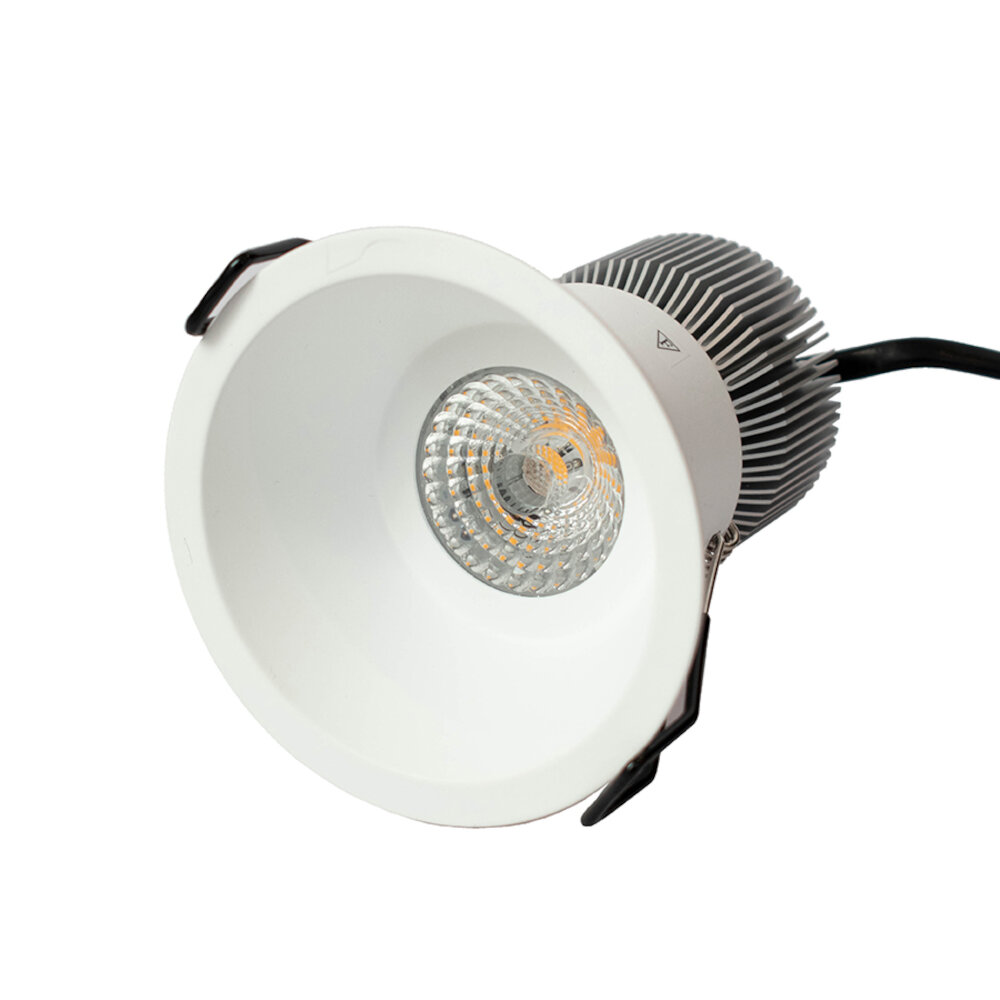
In conclusion, understanding the concept of equivalent wattage and brightness is crucial when it comes to choosing the right LED light for your space. The 20W LED light may have different levels of brightness compared to traditional incandescent bulbs with the same wattage. However, by considering the lumens and color temperature, you can make an informed decision that fits your specific lighting needs. Remember, the ultimate goal is to create a comfortable, well-lit environment that enhances productivity and promotes relaxation. So, take the time to research and choose the right LED light for your space, and enjoy the many benefits that come with efficient and effective lighting.

